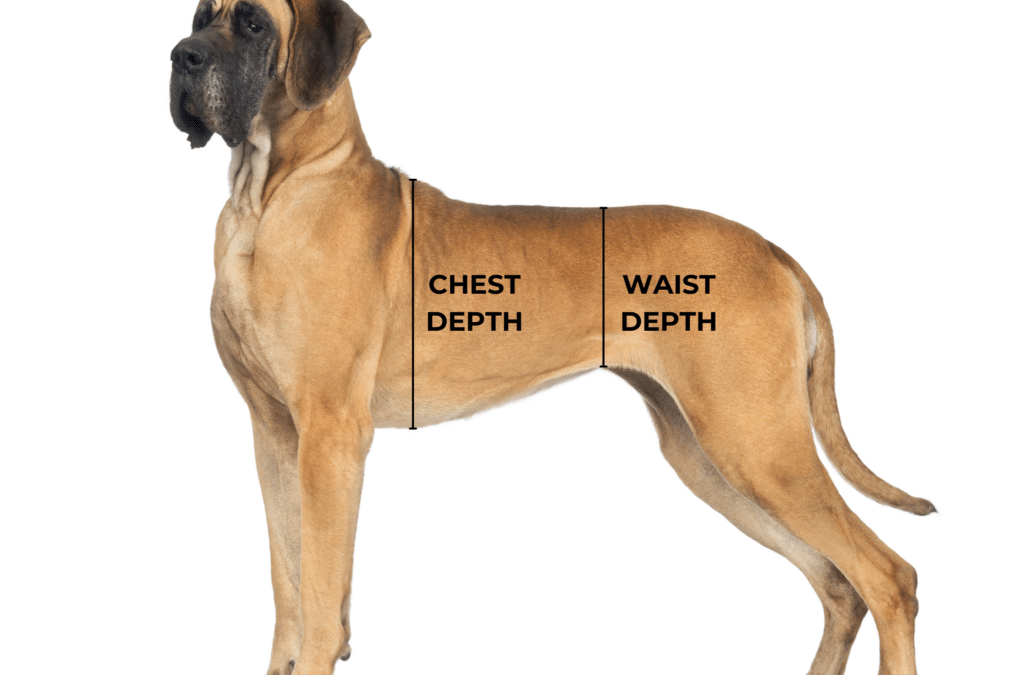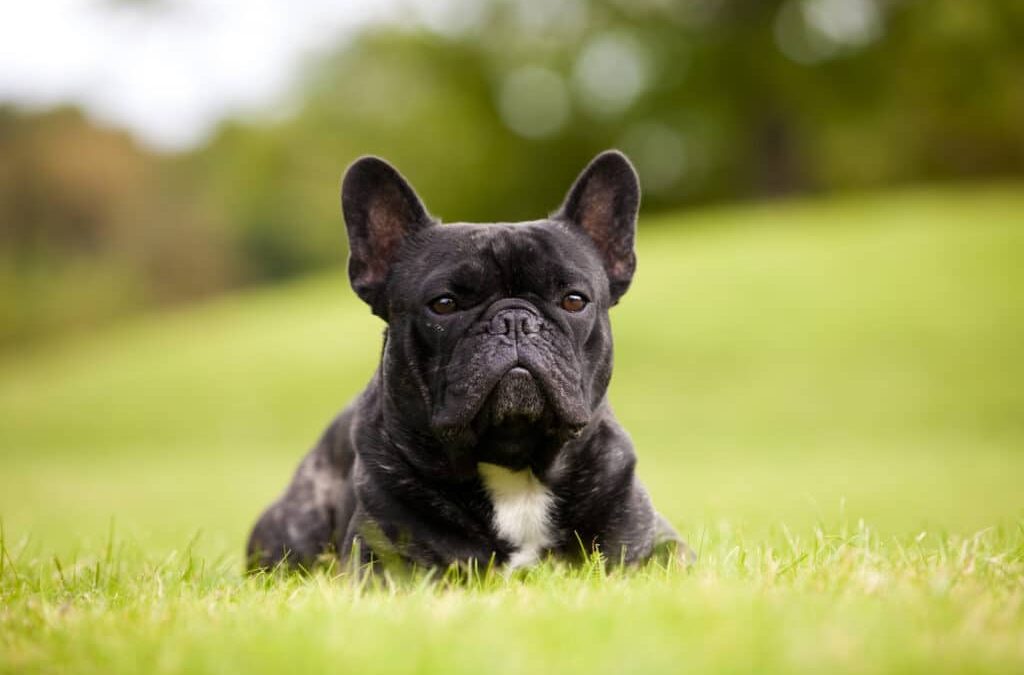
Hero Dogs Honored In France
FacebookTwitterSubscribe
“This post contains affiliate links, and I will be compensated if you make a purchase after clicking on my links.”

On October 17, France unveiled a memorial commemorating all “civilian and military hero dogs” in their honor. It includes a sculpture by French-Colombian artist Milthon showing a World War I soldier and his dog huddled together.
The French kennel club, Centrale Canine, took the initiative to build the memorial honoring brave canines. Military medals were worn by animals from the army unit that attended the memorial’s dedication ceremony on October 20.
Since more than a century ago, dogs have assisted the French military, police officers, and rescue teams in saving lives—from finding suspects in the 2015 Paris terror attacks to fighting extremists in Africa’s Sahel region.
The site of the monument honors the significant role dogs played in the American and European forces of the time. It lies in front of the town hall in Suippes, a region of northeastern France that experienced significant fighting during World War I.
The biggest military kennel in Europe is also located at Suippes, where soldiers of the French army’s 132nd canine infantry regiment train dogs for combat. At the moment, the regiment has 550 dogs and 650 soldiers.
“It’s very important (recognition) because dogs, like human beings, carry out missions, but we don’t ask them for their opinion. So to me, it’s fair to give them back a medal,” Johann, an adjutant in a combat unit, said.
He and other human members of the unit could only be identified by their first names for security reasons related to their military status. The regiment in Suippes is preparing dogs for combat zones where they would be tasked with sniffing out and chasing a potential enemy. Some are also trained to detect explosives and drugs. Each dog is paired with a soldier.
Johann, a member of the regiment for 12 years, is now paired with a Dutch shepherd named Nasky. He has not lost a dog in action, though has colleagues who have.
“It’s significant from a psychological point of view and very hard for the handler. But in those moments, we take upon ourselves (to continue) and when we don’t have our dog anymore, we still are infantry soldiers and we must be able to continue our missions,” he said.
During World War I, France established its first department to train dogs for active duty. During the 1914–18 conflict, these dogs carried messages, food, and ammunition to the front lines, alerted sentinels, and looked for injured soldiers.
The French ceremony on October 20 honored Leuk, a French military assault dog murdered by an extremist in Mali in 2019, and Diesel, a police dog died in a raid in 2015 to find the perpetrator of the Paris attacks.



